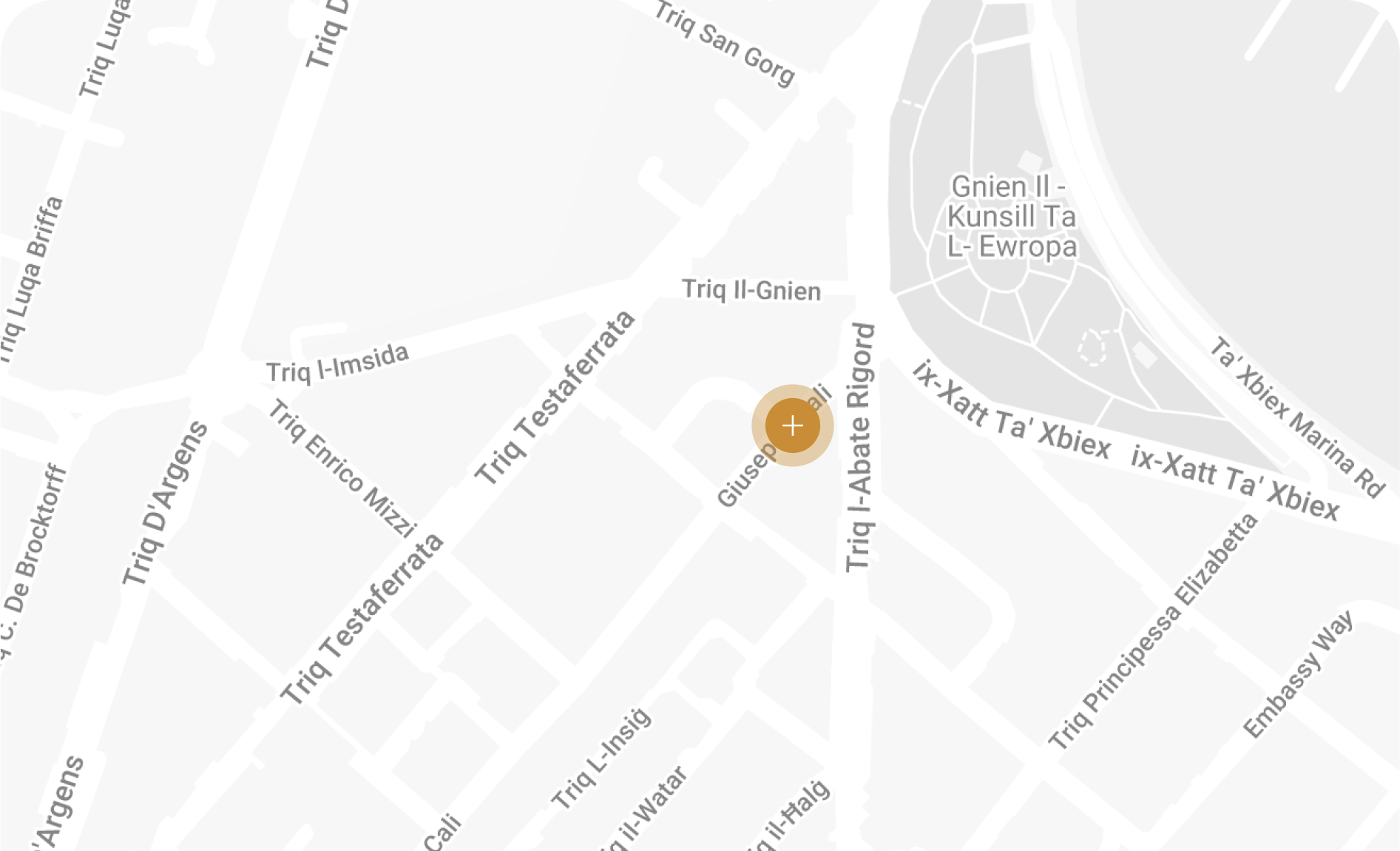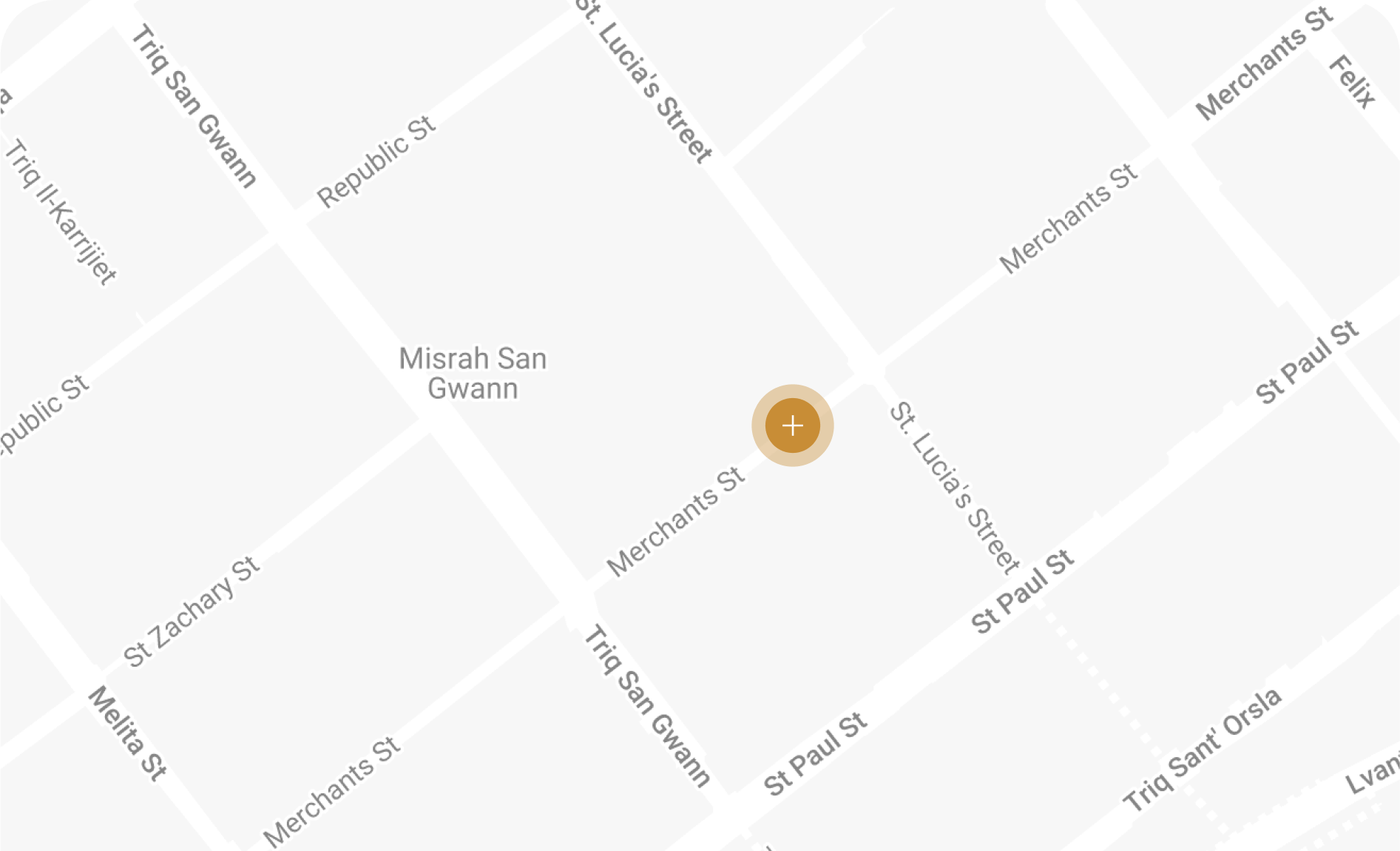What is Oral and Maxillofacial Surgery?
Oral and Maxillofacial Surgery is a specialised field of dentistry that focuses on diagnosing and treating conditions, diseases, injuries, and defects related to the mouth, jaw, face, and neck. This includes procedures such as tooth extractions, dental implants, corrective jaw surgery, treatment of facial injuries, and managing disorders of the oral and facial structures. Oral and maxillofacial surgeons are trained to perform surgeries that improve both the function and appearance of these areas. At Drs Demajo Dental Clinic, we can perform the below procedures under local or general anesthesia as well as sedation.
Impacted wisdom teeth
There are four types of impacted wisdom teeth: mesial, distal, horizontal, and vertical. These are typically removed through surgery by raising a flap, removing some bone, and elevating the tooth out, followed by minor suturing. Risks include bleeding, swelling, and bruising, with a very small chance of nerve damage, potentially causing temporary or permanent numbness in the lower lip or tongue. Cone beam CT scans help locate nerves to minimise this risk. Patients are given antibiotics post-surgery for a smoother recovery.
Duration of procedure approx: 30-60 min
Impacted Canines/Burried teeth
Impacted canines may need exposure and bonding to be able to draw into the arch during orthodontic treatment. If these burried teeth are causing damage to adjacent teeth they may need complete surgical removal with possible tooth replacement.
Apicoectomy (Root End Surgery)
An apicoectomy is a procedure where the infected tip (about one-third) of a root-treated tooth is removed. It’s used when a tooth that has had a root canal still has an infection at the tip, as a last option to avoid extraction. The procedure involves making a small incision near the root, removing the infected tip, and then closing the area with stitches. Patients are given antibiotics after the procedure.
Duration of procedure approx: 45-60minutes.
Cyst Removal
The procedure for removal a cyst with or without an adjacent tooth is fairly straightforward. In most cases it involves a normal routine extraction with surgical debridement of the underlying cyst. In some cases an incision must be done to visualize the cystic area, surgically debride the area with a hand-piece and thorougly irrigate it. At times an investigative procedure is done prior to full cysts removal.
Duration of procedure approx: 20-60 min
Nerve repositioning
This technique is used to surgically reposition the inferior alveolar nerve in the mandible so as to gain sufficient height for implant placement supporting future posterior mandibular dentition. Risks include nerve paresthesia to the tongue and/or lower lip. This technique is scarcely used nowadays as it is overcome by contemporary techniques through the All-on-4 procedure powered by Nobel Guide or utilising onlay grafting procedures avoiding the nerve altogether.
Frenectomy
A frenectomy is the removal of the frenum, a fold of tissue that connects the lip to the gums. When the frenum is too high, it can pull the gums back when the lip is stretched, which may cause issues like gaps between teeth, misalignment, gum recession, and difficulty with oral hygiene. The procedure is done under local anesthesia, where the frenum is separated from the gums, and stitches are used to close the area.



